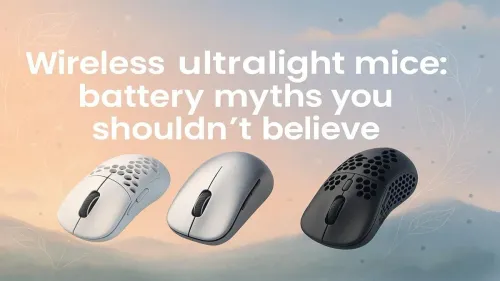
Truths About Ultralight Gaming Mice Batteries
Busting wireless ultralight mouse battery myths 🎮⚡️: discover longer lifespan, charging tips, and performance secrets. Power your play smarter!
Our expert wireless charger maintenance guide shows you how to keep your devices powered up safely and efficiently. Learn simple tips to prevent overheating, improve charging speed, and extend the life of your charging pad. Keep your gear pristine! ���️📱
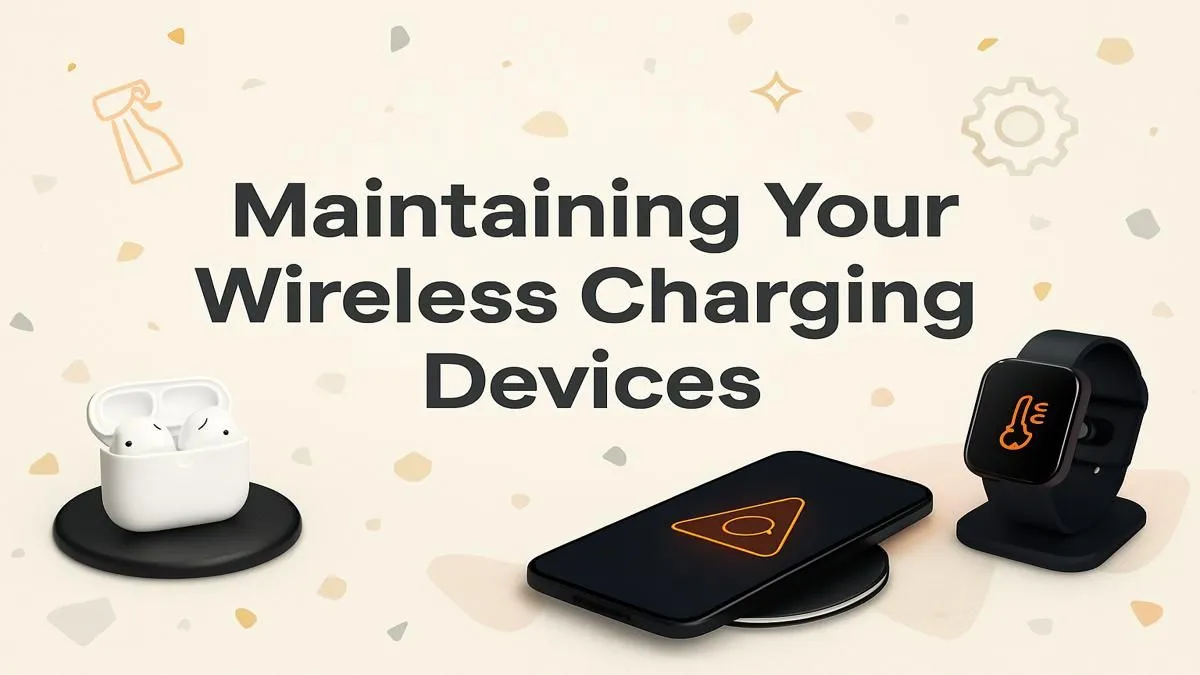
Ever plonked your phone on its wireless charger overnight, only to wake up to a measly 40%? So frustrating, especially with loadshedding looming. Before you blame the charger, a little maintenance might be all you need to get back to full speed. Proper wireless charger maintenance isn't just about cleaning; it’s about optimising your entire charging setup for longevity and performance. Let's dive into some simple tips that make a huge difference.
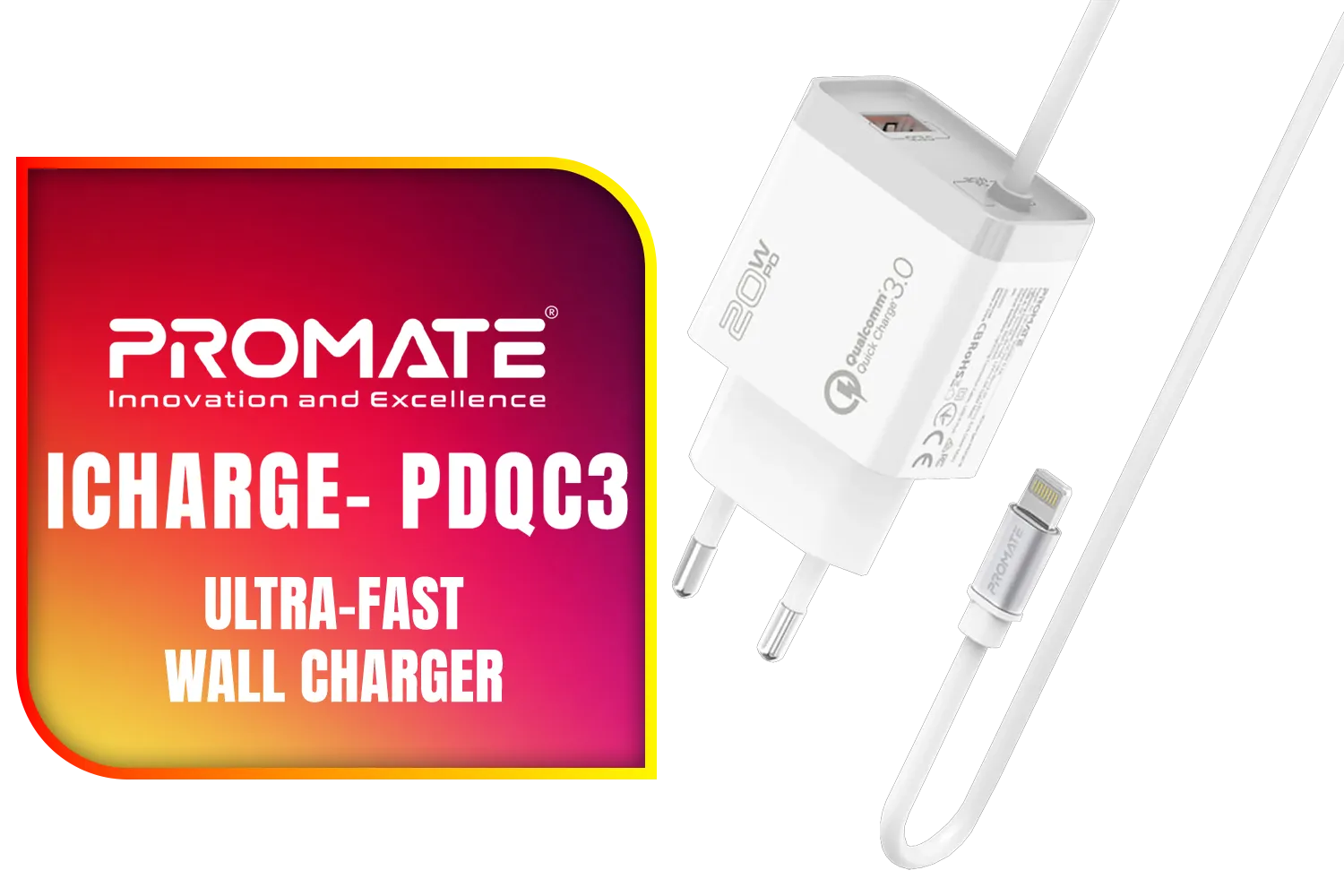
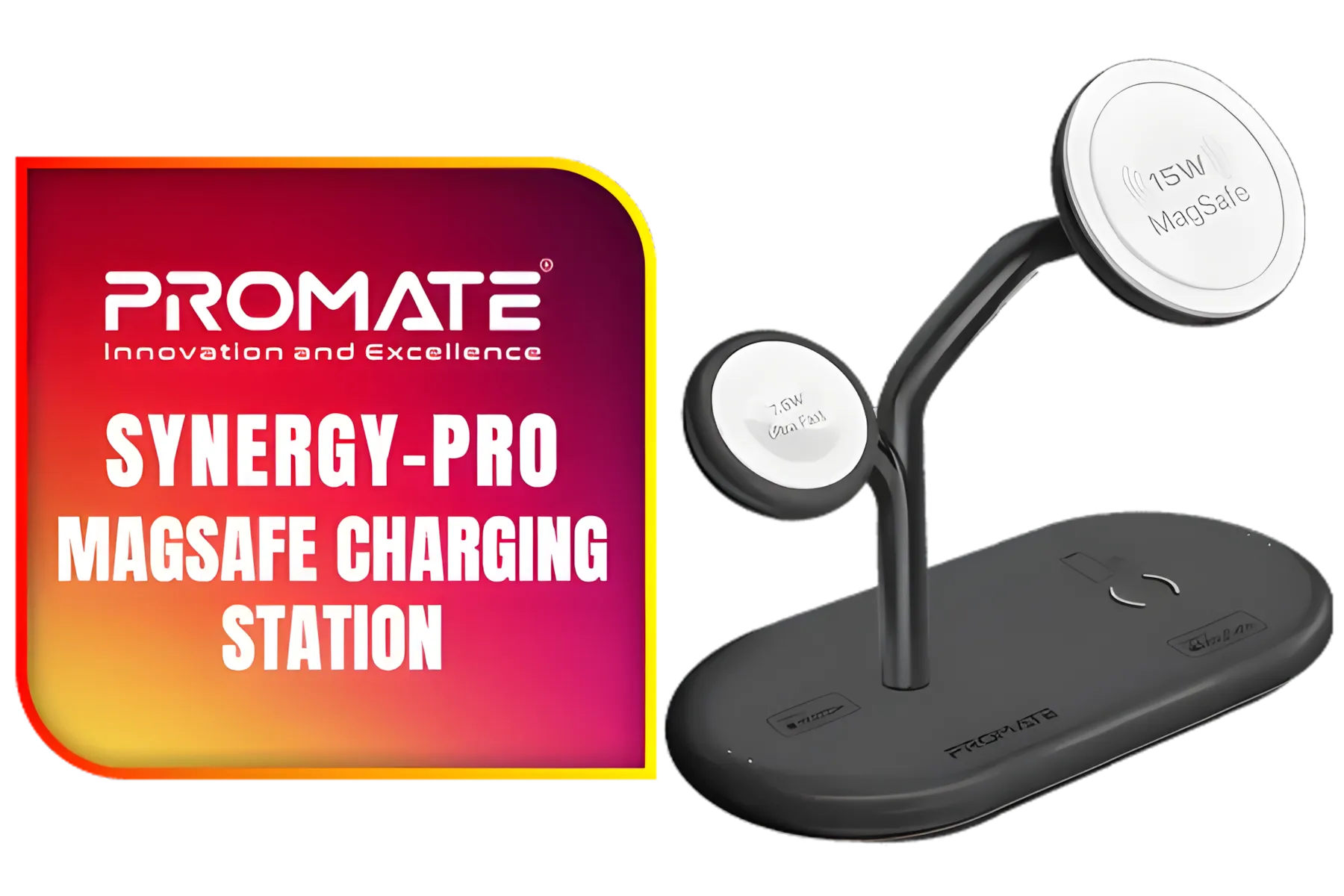

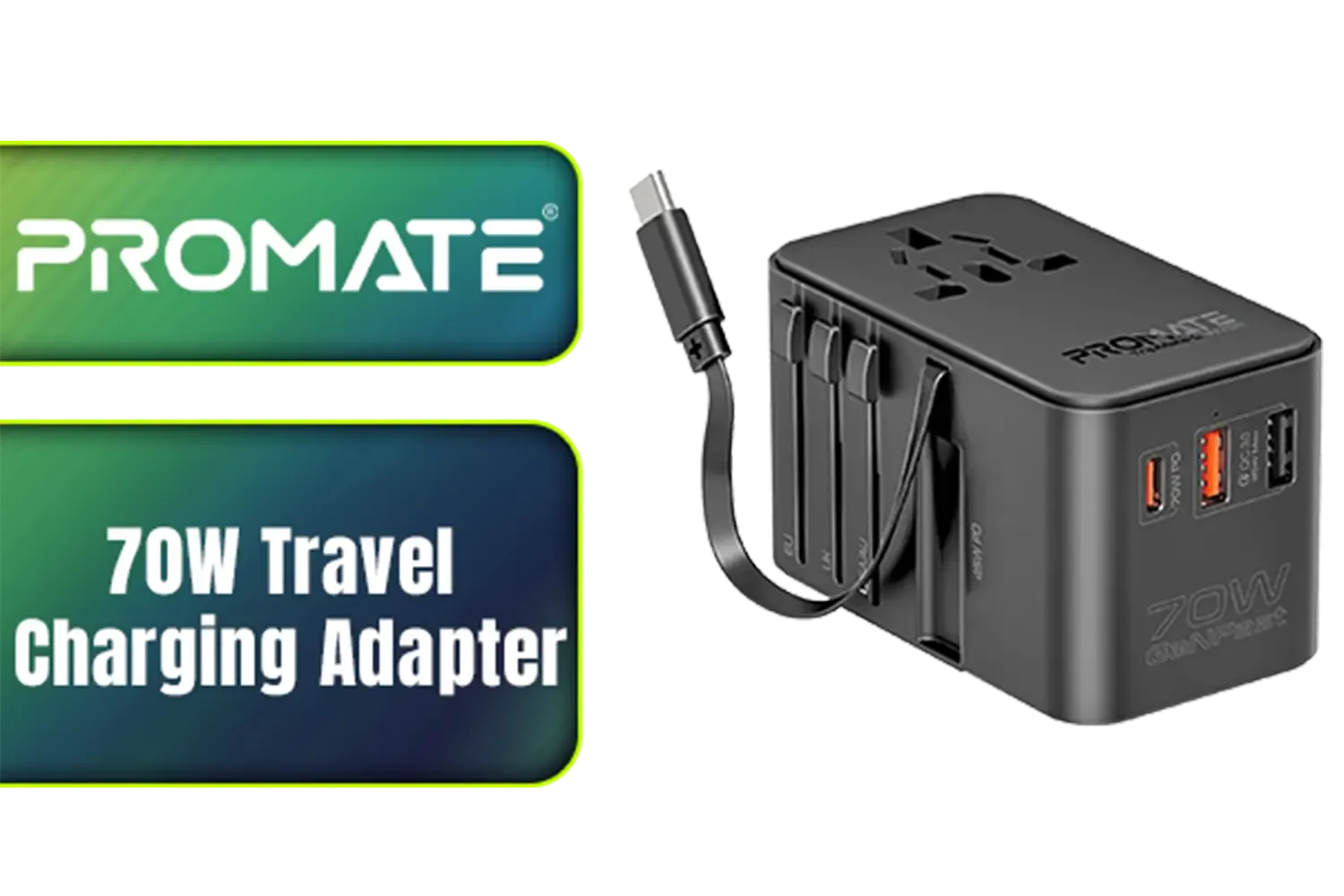


A wireless charger isn't magic... it's science. It uses magnetic induction to transfer power. But anything that interferes with that magnetic field—like dust, heat, or a thick phone case—can slow things down dramatically. Over time, this inefficiency can also lead to increased heat, potentially shortening the lifespan of both your charger and your phone's battery. Consistent care ensures you get the fast, reliable power you paid for from a quality wireless charger.
Follow these simple steps to keep your charger running like new. Maintaining your wireless charger is easy and takes just a few minutes.
Dust and grime are silent speed killers. A layer of dirt can weaken the connection between the charging coils.
That super-rugged, extra-thick case might be great for protection, but it could be throttling your charge. Most wireless chargers work best with cases thinner than 5mm. Metal plates for magnetic mounts or pop sockets are also a definite no-go, as they completely block the signal.
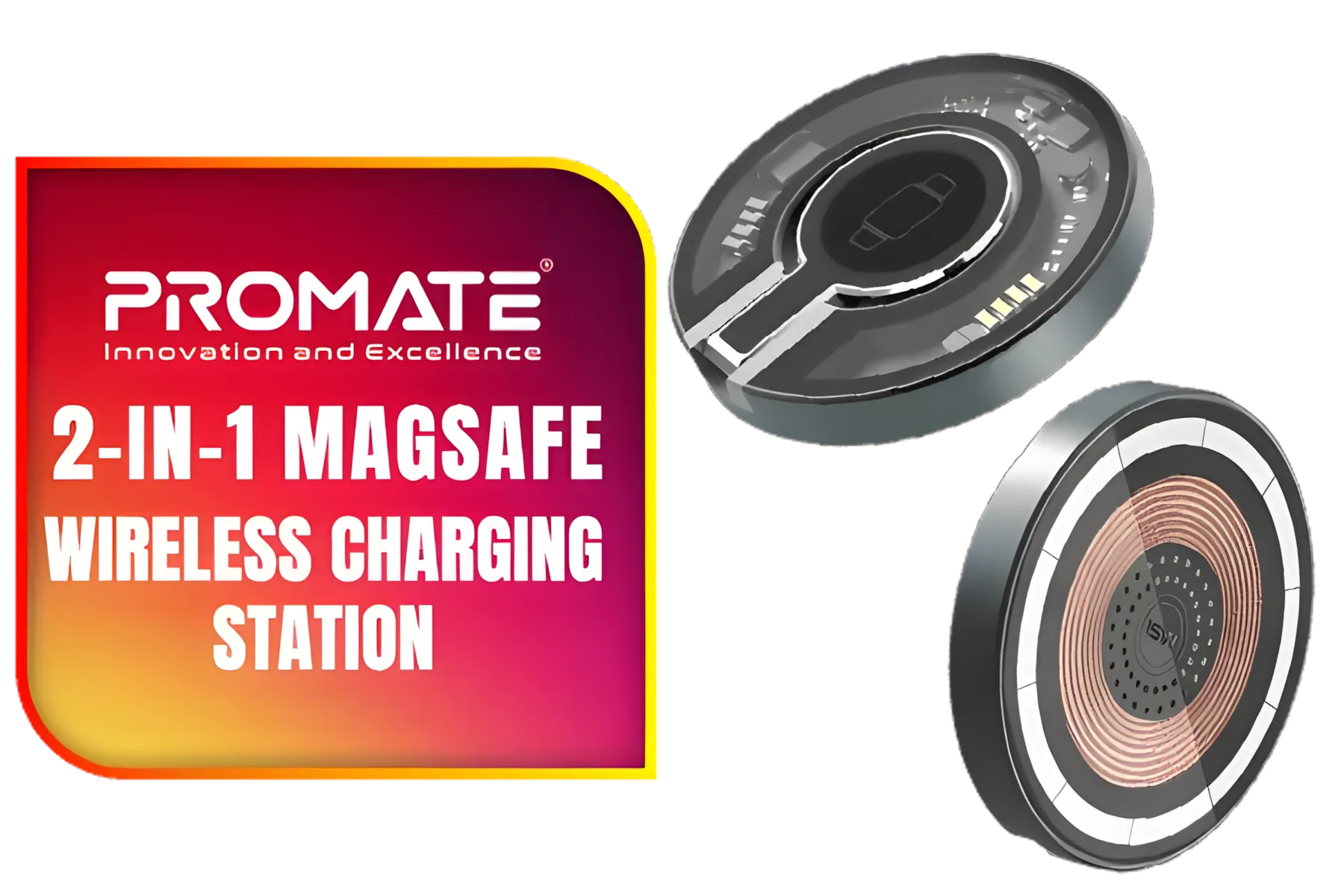


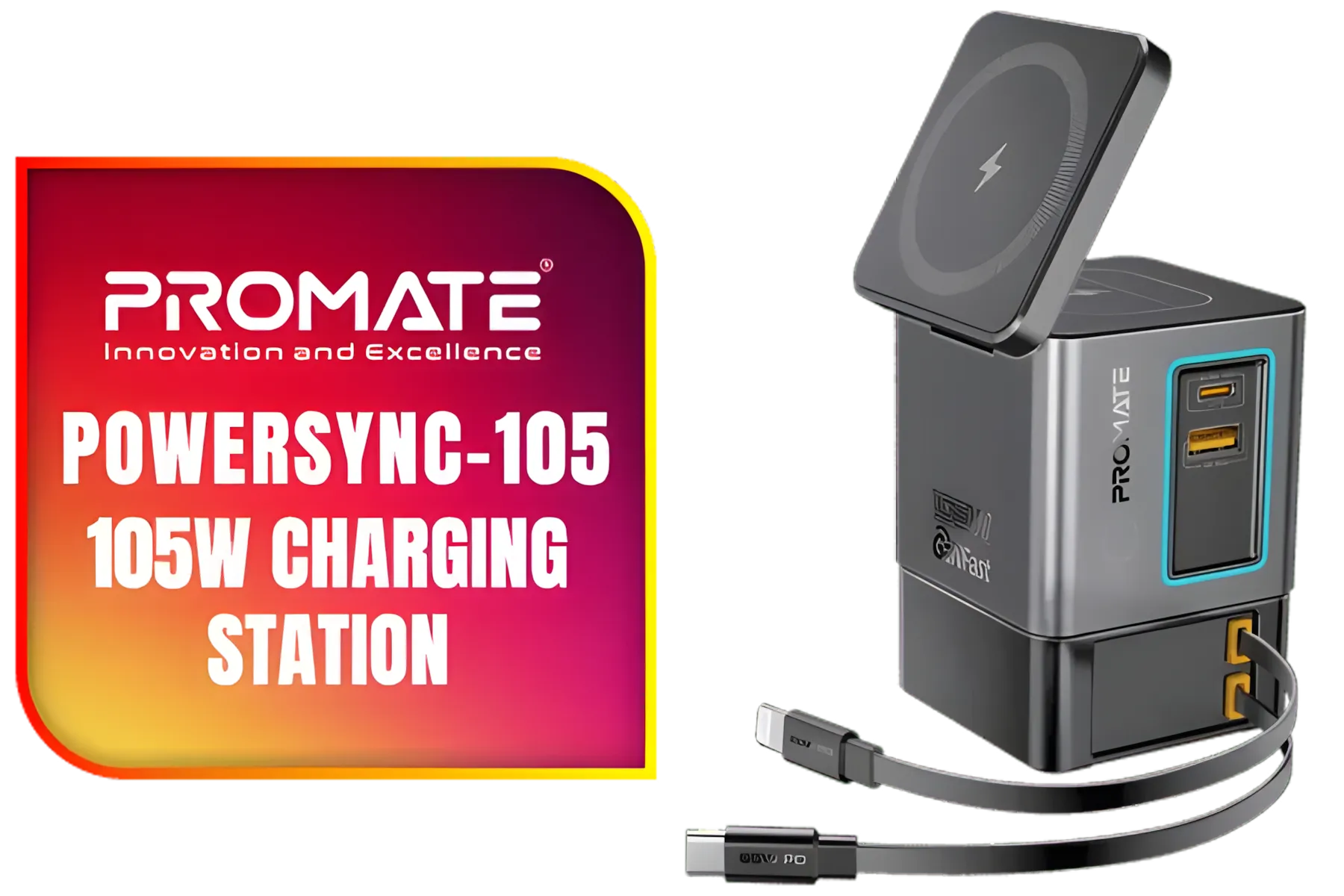


Alignment is everything. Your phone's internal charging coil needs to line up with the coil in the charging pad. If it's off-centre, you'll get a slow charge or no charge at all. Most phones show a charging animation... wait to see it before you walk away. This one simple habit can save you a lot of morning-after charging disappointment.
Your wireless charger is only as fast as its power source. If you have a 15W fast wireless charger but plug it into an old 5W USB-A brick, you'll only get 5W of power. Always use the power adapter that came with your charger or a certified equivalent that supports Quick Charge (QC) or Power Delivery (PD) standards for the best results.
As the tip above explains, the power brick you plug into the wall is crucial. A high-speed pad needs a high-speed adapter to deliver its promised performance. Investing in a solid power solution pays off. Many Promate chargers, for example, are designed to work with specific power standards for optimal speed.
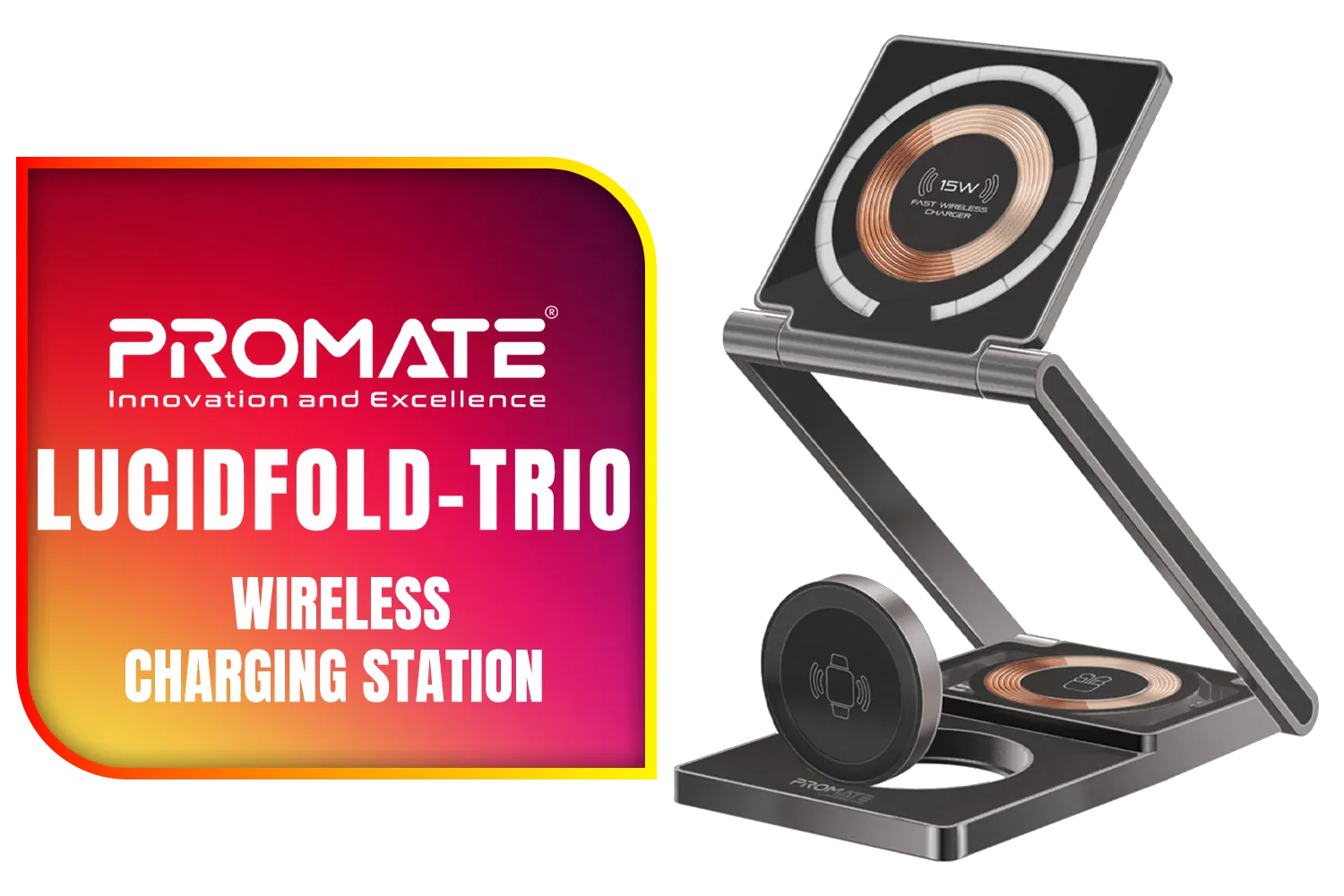

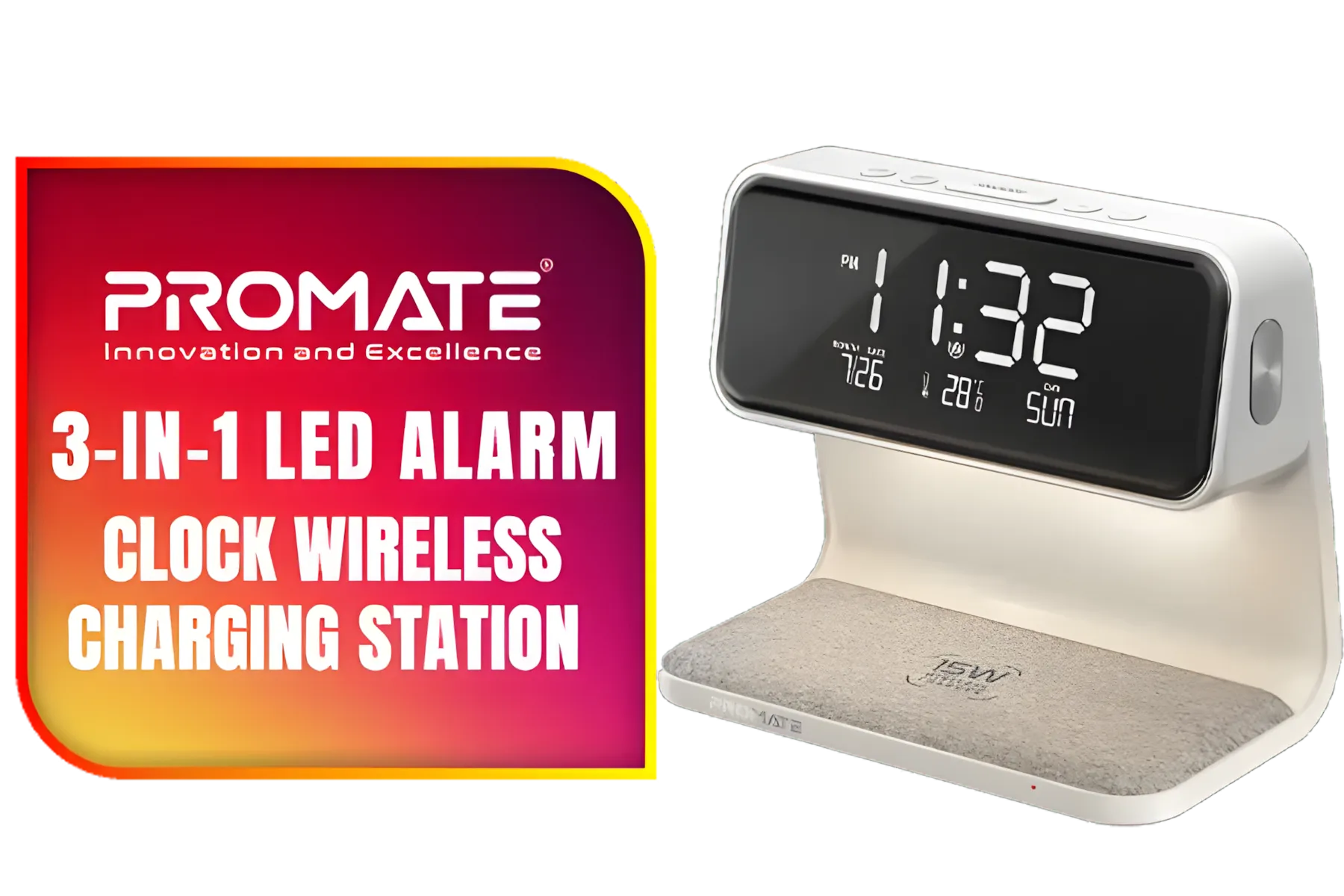


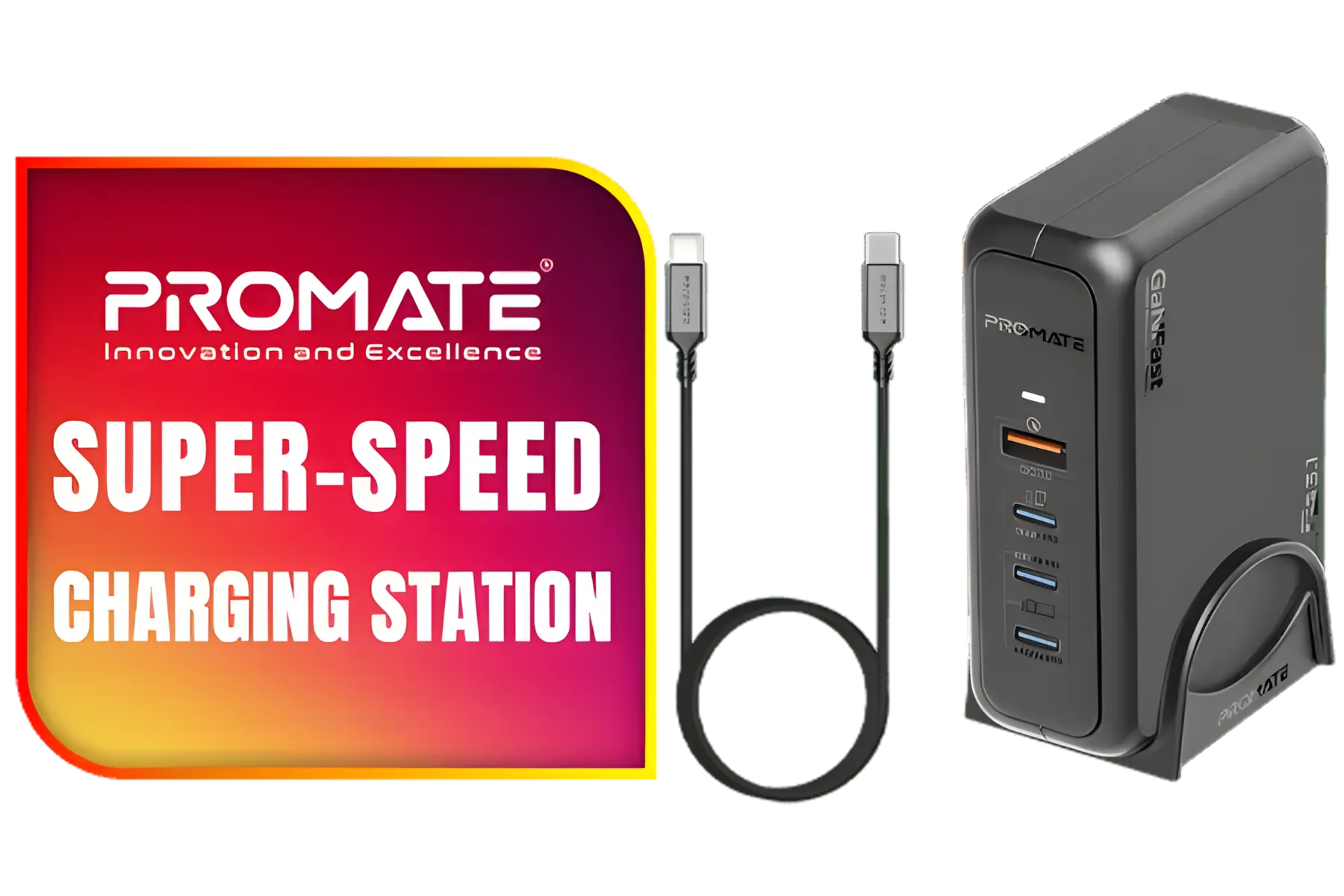
Heat is the number one enemy of battery health and charging efficiency. If your phone or charger gets too hot, the system will automatically slow the charging speed to protect the components.
The USB cable connecting the pad to the power adapter is another potential bottleneck. A cheap, frayed, or damaged cable can't deliver consistent power. If you're experiencing slow speeds, try swapping the cable. You can find plenty of high-quality cables often bundled with Promate chargers that are built to last.

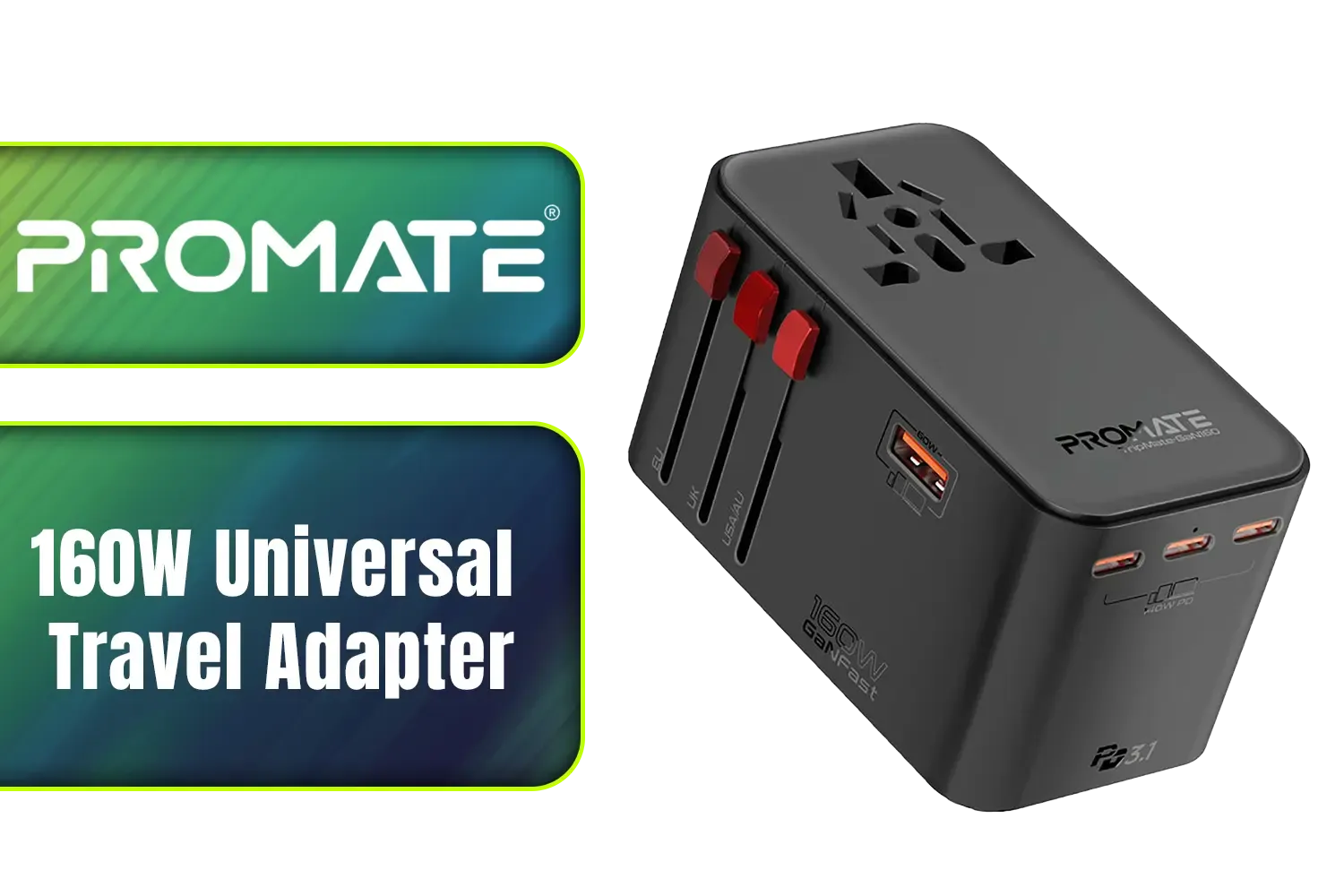




Finally, make sure your smartphone's operating system is up to date. Manufacturers often release software updates that include charging optimisations and bug fixes. Ensuring your phone's software is current is a key part of maintaining your entire tech ecosystem, including your gaming accessories setup. ✨
Ready for a Charging Upgrade? Proper wireless charger maintenance can work wonders, but you can't fix a dud. For reliable speed and longevity, starting with a quality charger is key. Explore our massive range of chargers and find the perfect power solution for your setup.
Always unplug the charger first. Use a soft, dry microfiber cloth to wipe the surface. For stubborn smudges, lightly dampen the cloth with water or an isopropyl alcohol solution.
Slow charging can be caused by a misaligned phone, a thick case, or using a low-wattage power adapter. To improve wireless charging efficiency, use the adapter it came with.
It's normal for the charger and your phone to get slightly warm. However, if it feels excessively hot, unplug it immediately. This could be a wireless charger overheating fix.
Modern smartphones have built-in protection to stop charging once full. This makes overnight charging generally safe and won't harm your phone's long-term battery health.
Use a high-quality charger, ensure your phone is centered on the pad, remove thick cases, and use the recommended power brick for the fastest and most efficient charge.
Yes, like all electronics, wireless chargers can degrade. Internal components can wear out, leading to slower charging or complete failure after several years of consistent use.